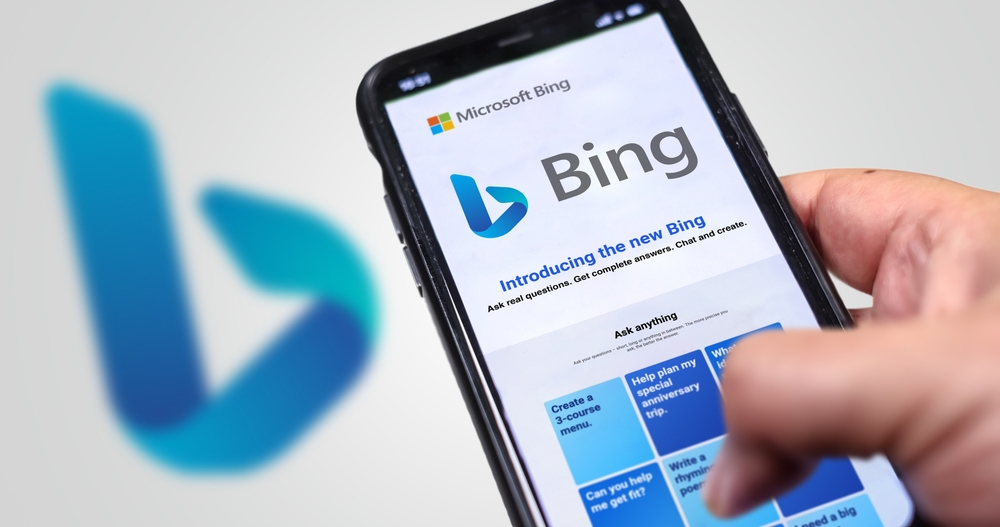Though currently in limited release, Bing search results organized by artificial intelligence will incorporate links to external sites
During the Google developer conference in May, the search behemoth unveiled AI Overviews that inject artificial intelligence (AI)-created summaries into the search results. The feature survived despite not always working as planned. Microsoft is embracing Google’s example by incorporating generative search aspects into Bing.
On July 24, Microsoft revealed that by merging the power of large language models (LLMs) and generative artificial intelligence with the search results age, Bing’s generative search generates a dynamic and personalized response to a user’s request. The new experience unites the foundation of Bing’s search results with the capability of small and large language models.
OpenAI SearchGPT Overshadows Microsoft’s Bing Adding AI
Microsoft’s announcement was widely overshadowed by OpenAI launching a preview of SearchGPT on July 25, which is also considered a direct threat to Google’s supremacy. Data from Statistica shows that as of January this year, Google has more than 81% of the desktop search market share, while Bing follows with a modest 10.51%.
Emphasizing the need to provide a valuable, customized search result, Microsoft added that ‘it comprehends the search query, assesses numerous data sources, and dynamically matches information. Besides, it creates search results in a new artificial intelligence-created layout to satisfy the intent of the user’s query more efficiently.
The new Bing search result page will display an artificial intelligence-generated response from models trained on millions of datasets to provide correct and useful findings. Besides, a ‘Document Index’ will explore the topic further and aid users with extra data pertinent to the search query. Bing will also indicate the source of the citations following the AI-created reply. The clickable links will direct users directly to the information’s source in case they intend to confirm or require extra data.
The feature was available to specific users starting July 25. Embracing a careful approach, Microsoft noted that they are ‘gradually unveiling this’ and will ‘take time’ to integrate user feedback. The firm promises additional information ‘very soon.’
Nevertheless, learning from the combined response to Google’s execution, Microsoft ensures that users continue getting conventional search results, although shifted into a sidebar on the page’s right side.
AI-Enhanced Search Engines
The firm claims it knows how content publishers will be affected by artificial intelligence-curated search. It notes that the generative search experience is considered during design, including retaining conventional search findings and boosting the number of clickable links, such as the references in the findings.
The search engine realm is gaining competitiveness. Currently, more than 10000 users are testing OpenAI’s search feature. Microsoft, a major investor in OpenAI, has not utilized its Copilot branding in this most recent announcement, in spite of Bing Chat depending on Dall-E 3 and OpenAI’s GPT-4. Perplexity, a free artificial intelligence chatbot pitched as an ‘answer engine’ that provides search engine abilities, is also in the mix.
As artificial intelligence-enhanced search tools continue advancing, the problem of fighting misinformation, evading hallucination, and quoting sources are still major issues. In the meantime, OpenAI has revealed its plan to enter the search engine market with SearchGPT’s announcement.
The artificial intelligence-enhanced search engine seeks to make searching more natural for users. Despite being considered a ‘short-term’ prototype,’ the July 25 unveiling is a vivid shot across the bow of the exceptionally leading Google and Microsoft Bing, which presently offers search results for OpenAI’s ChatGPT.
Editorial credit: rarrarorro / Shutterstock.com
